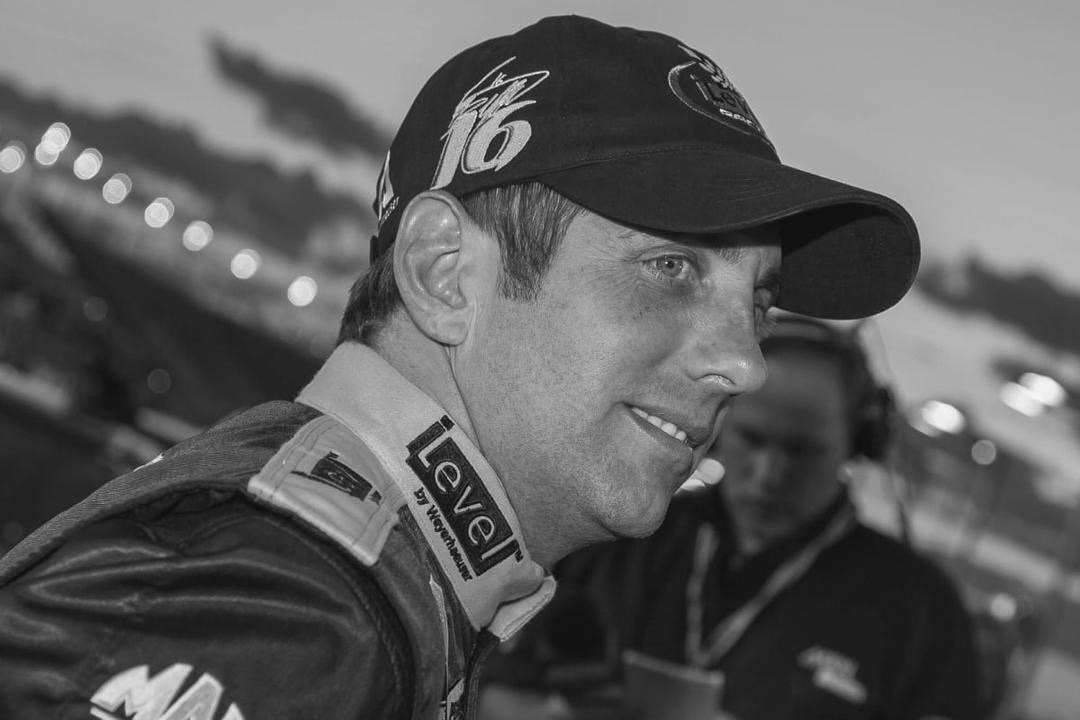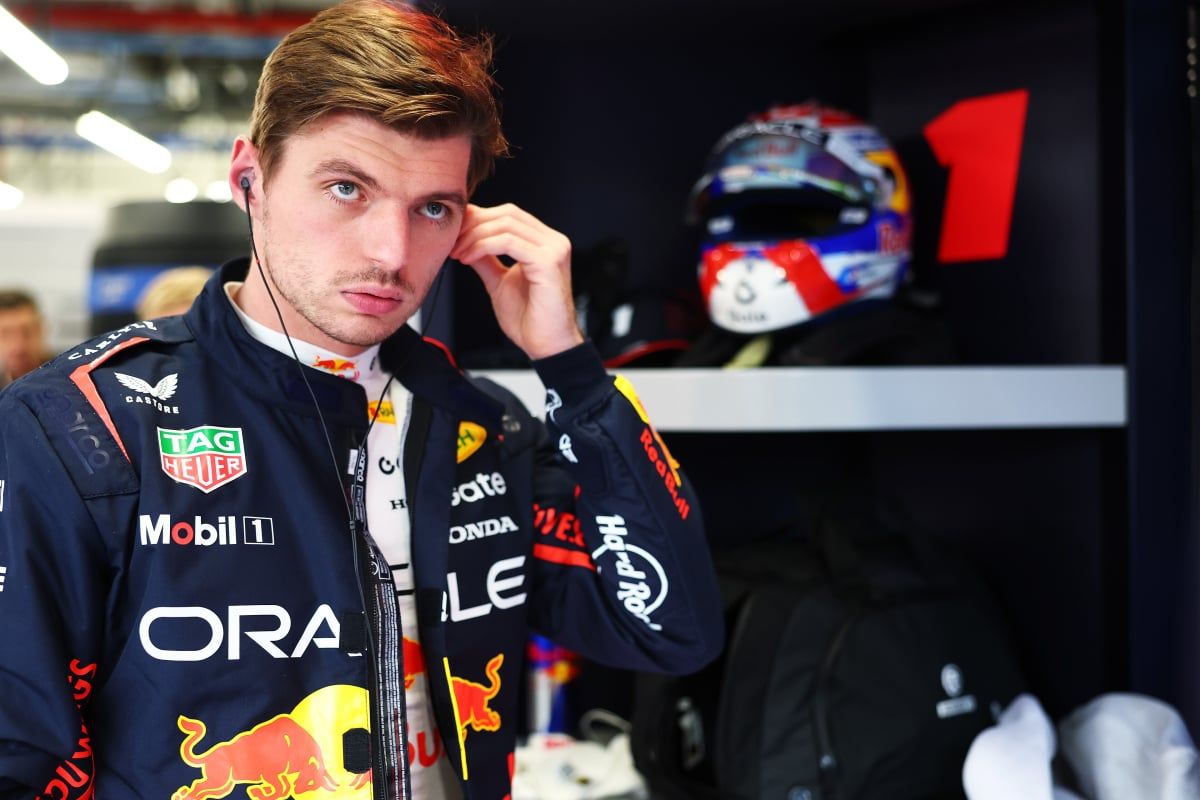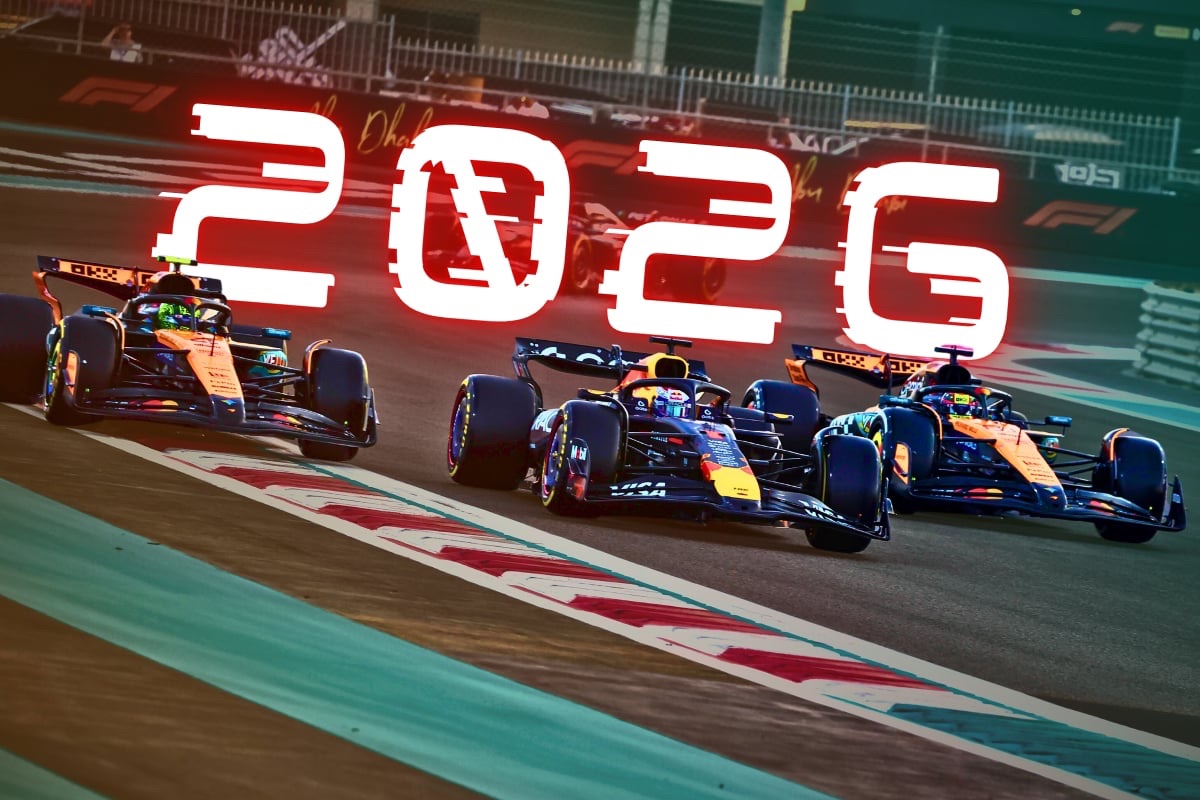Oscar Piastri Calls on FIA to Investigate Confusing Verstappen’s…read more
McLaren driver Oscar Piastri has urged the FIA to conduct a thorough review of race signal clarity following a confusing and potentially dangerous incident during the Saudi Arabian Grand Prix. The 24-year-old Australian momentarily eased off the throttle during the race after spotting a flashing red light near the Jeddah Corniche Circuit, fearing that a red flag had been issued by race control.
The confusion arose from a non-official red light displayed on a nearby building, which was visible from the track. Though it was not an actual race signal, it closely resembled the critical red flag indicator used in Formula 1 to stop a race immediately due to an accident or unsafe conditions. Piastri, responding instinctively to what he believed was an official warning, briefly reduced speed out of caution.
After the race, Piastri spoke candidly about the moment of uncertainty. He emphasized that, in the fast-paced and high-stakes environment of Formula 1, even a split-second misinterpretation could have serious implications for driver safety and race integrity. He called for the FIA to reassess how race signals are displayed and to ensure that non-race-related lights or visuals visible from the circuit cannot be mistaken for official race control instructions.
“In the moment, you see a red light and your instinct is to react immediately,” Piastri said in post-race interviews. “It’s not something you can ignore because red flags are serious. The fact that it turned out not to be an official signal highlights how easily things can go wrong.”
Piastri urged the FIA to introduce additional safeguards or clearer signal differentiation to prevent any similar confusion in the future. While the incident didn’t have a major impact on his performance in this particular race, he warned that overlooking such issues could lead to more serious outcomes later in the season.
He highlighted the need for stricter control over what lights and signs are visible from the track and suggested a review of circuit surroundings to ensure unofficial visuals can’t be misread by drivers. The concern isn’t just about competitive fairness—it’s fundamentally about safety.
Despite the mid-race uncertainty, Piastri delivered a stellar performance to claim his third win of the 2025 Formula 1 season. His calm and composed driving under pressure proved vital in a race where strategy played a key role. A pivotal moment came when Max Verstappen of Red Bull, who had been leading, received a five-second time penalty for a rules violation. Piastri stayed focused and executed a flawless race strategy, steadily closing the gap and taking the lead as a result of Verstappen’s penalty.
Piastri’s victory in Jeddah was more than just another race win—it marked a significant milestone in his career. Not only did it solidify his reputation as a rising star in the sport, but it also pushed him to the top of the 2025 Drivers’ Championship standings for the first time. He now leads by 10 points ahead of teammate Lando Norris, with the McLaren duo proving to be a formidable force this season.
McLaren’s resurgence in form has been one of the standout stories of the 2025 season. With both drivers consistently finishing at the top and delivering podium-worthy performances, the team has emerged as a strong contender in both the drivers’ and constructors’ championships. Their momentum has sparked renewed excitement among fans and brought McLaren back into the spotlight as a title-challenging outfit.
Looking forward, the next race on the calendar takes place in Miami on May 4. All eyes will be on Piastri to see if he can extend his lead and continue his winning streak. However, the conversation around race signal clarity is far from over. Piastri’s comments have resonated across the paddock and among fans, drawing attention to the importance of eliminating potential sources of confusion.
As Formula 1 becomes increasingly reliant on technology and split-second decisions, ensuring the clarity and integrity of race signals is more important than ever. Drivers must be able to trust what they see and hear on the track, without second-guessing whether an instruction is real or a misleading visual.
The FIA has not yet released an official response to Piastri’s concerns. However, with growing pressure and heightened scrutiny following the incident, many expect the governing body to issue a statement or introduce measures before the next Grand Prix. As the 2025 season heats up, ensuring the accuracy and consistency of race communications will be critical—not just for fair competition, but for the safety of everyone on track.



